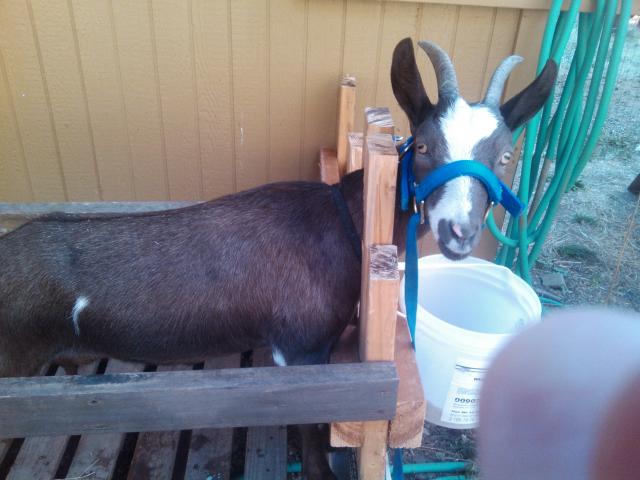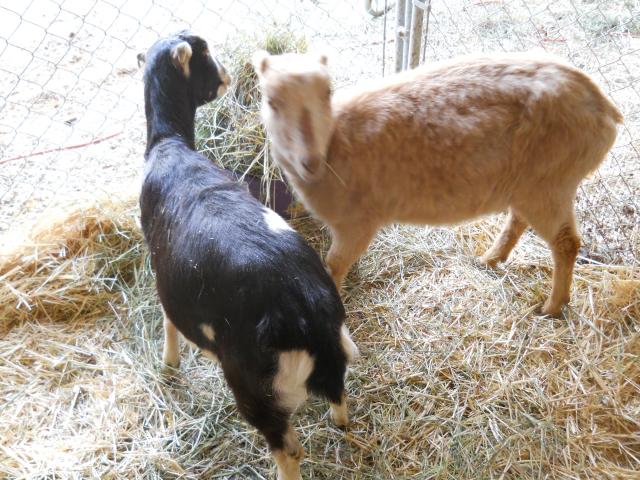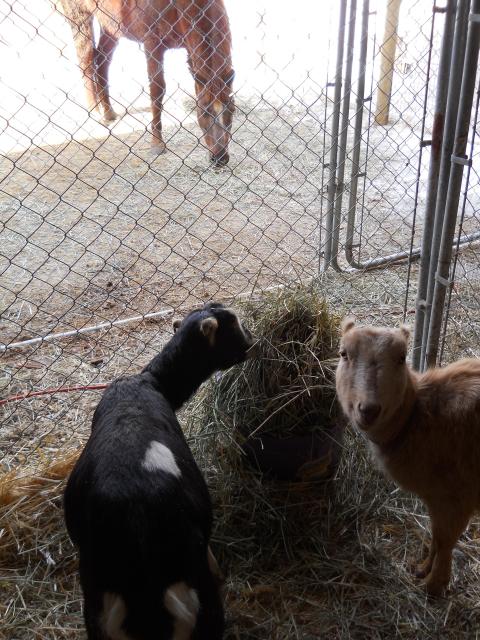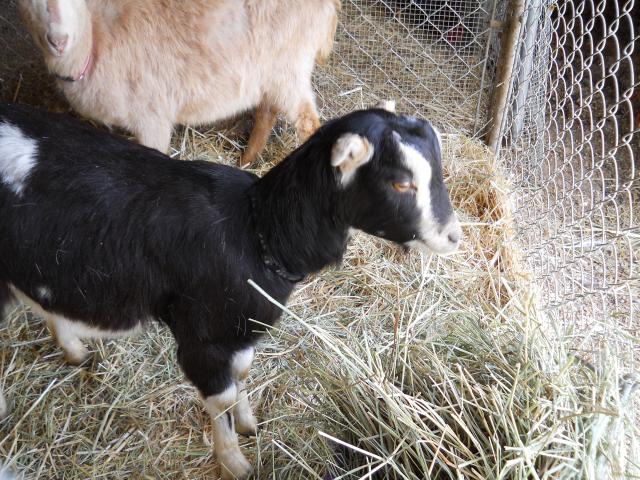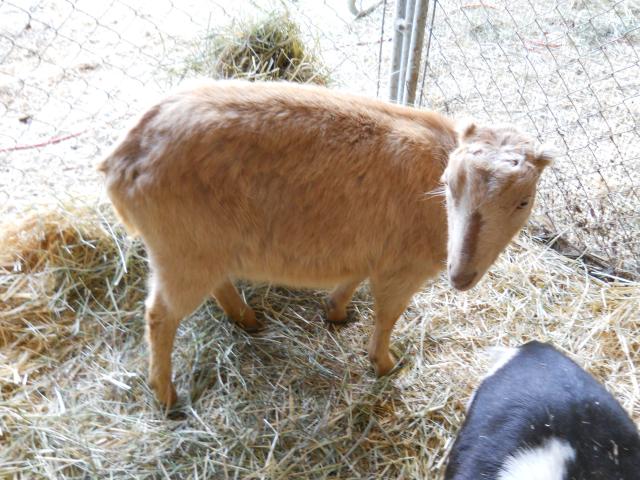Christmas Riding and Celebrations
We walked them on snow and noticed that their feet act a bit like suction cups (they aren't shod), so we walked them to the back trail and mounted up.
The blue sky contrasted with the white all around, making it look bluer than a sapphire. The air held a bite and steam rolled off the horses' flanks. Rocket was bouncy the entire time, wanting to trot everywhere--if not outright gallop. She balked several times, and just for good measure when I turned her to go back home, she decided to buck. I think she probably would've taken off if I hadn't held her on a tight rein.
What this tells me is that a month off is too long for this horse. She needs to be ridden at least weekly, if not several times a week. She went back to old bad habits, which suggests she got away with them sometime before I got her. So, I insisted going at my pace, not the one she wanted.
Taking the road back down to the house, she started slipping, so we dismounted and walked our horses down. No sense getting an injury over iffy footing.
We got home in time for me to pop the ham in the oven. I decided to try to make the ham into a honey ham, and boy am I glad I did! You can spruce up any ham by heating 1 stick of butter, 2 tbsp of flour, and 2 cups of honey on the stove until thick. Baste the ham with the honey-butter mixture while cooking until done. Yum!
After making a pretty serious Thanksgiving dinner, a dinner for my Mother-In-Law's birthday (mid-December), and a Christmas Eve dinner, I was looking for simplicity. The fact that I had a mound of dishes to wash had something to do with that.
I served honey-glazed ham, wild-rice pilaf, cinnamon pears, cranberry chutney, and store-bought carrot cake for dessert. The cinnamon pears and cranberry chutney I canned this fall. The rice pilaf was simple. Make 1 cup white/brown rice mixed with 1/4 cup wild rice. Add 1 tsp of garam marsala spice, 1 tsp salt, 2 tsp garlic powder, 4 tbsp butter, and 2 cups frozen peas. The garam marsala makes it flavorful.
Maybe I cheated with the store-bought desserts and the canned fruit, but at some point, you've got to decide where you want to put your time. I remember my mom going through a huge production with tons of food. Don't get me wrong, it was all amazing, but I recall her stressed out and exhausted. I vowed to not get that way. So if I have to cheat a bit to have a good dinner, that's okay.






